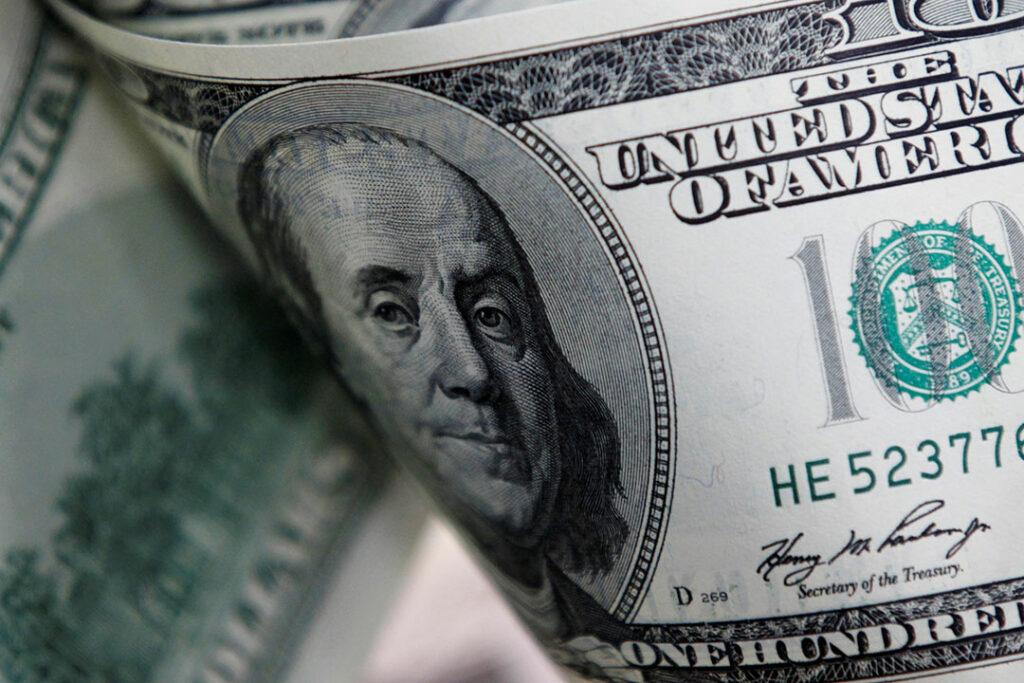




Policy Rate Updates: Double cut finale
 DOWNLOAD
DOWNLOAD

Monthly Economic Update: One for the road
 DOWNLOAD
DOWNLOAD

Inflation Update: Still low, still slow
 DOWNLOAD
DOWNLOAD


Debt service bill hits PHP1.6T in 2023

The National Government’s (NG) debt service bill jumped to PHP 1.604 trillion in 2023, exceeding its program for the year by 3%, the Bureau of the Treasury (BTr) reported.
Data from the BTr showed that the NG’s debt repayments rose by 24% from the PHP 1.293 trillion recorded in 2022.
It also exceeded the PHP 1.552-trillion program for debt payments last year by 3%.
Interest payments increased by 25% year on year to PHP 628.33 billion from PHP 502.86 billion in 2022. Treasury data showed interest payments exceeded the PHP 610.665-billion program for the full year by 2.9%.
Interest paid on domestic debt rose by 13.64% to PHP 435.75 billion last year. This included PHP 263.177 billion in interest payments for fixed-rate Treasury bonds, PHP 149.738 billion for retail Treasury bonds and PHP 17.166 billion for Treasury bills.
Meanwhile, principal payments went up by 23.4% to PHP 975.278 billion in 2023 from PHP 790.323 billion a year earlier. Amortization payments exceeded the PHP 914.353-billion program for 2023 by 6.66%.
Principal payments on foreign debt in 2023 declined by 7.19% year on year to PHP 121.113 billion, while amortization on domestic debt rose by 29.45% to PHP 854.165 billion.
In December alone, the government’s debt repayments rose by 21.51% to PHP 68.866 billion from PHP 56.674 billion in November.
Month on month, interest payments also rose by 24.99% to PHP 60.678 billion from PHP 48.548 billion in November.
Interest paid on domestic debt jumped to PHP 43.552 billion, 23.53% higher than PHP 35.257 billion from the previous month.
Broken down, interest payments on fixed-rate Treasury bonds stood at PHP 14.487 billion, retail Treasury bonds at PHP 25.62 billion, and Treasury bills at PHP 1.891 billion.
For the month of December, amortization payments inched up by 0.76% to PHP 8.188 billion from PHP 8.126 billion in November.
Principal payments on foreign debt in December were flat at PHP 8.062 billion, or 0.4% higher than the previous month’s PHP 8.03 billion. Amortization on domestic debt increased by 31.25% to PHP 126 million compared with PHP 96 million in November.
Rizal Commercial Banking Corp. Chief Economist Michael L. Ricafort said higher interest rates globally resulted in an increase in interest expenses and debt service costs.
“Weaker peso exchange rate vs. the US (United States) dollar since 2023 increased the peso equivalent of foreign/external debt, on top of the sharp increase in global and local interest rates since then,” he said in a Facebook Messenger chat.
John Paolo R. Rivera, president and chief economist at Oikonomia Advisory & Research, Inc., said the higher debt payments were driven by exchange rate risk.
“The (peso) settled at a depreciated value and is not appreciating significantly to reduce the value of debt. This is a challenge for fiscal consolidation as we are paying more than what we should be,” Mr. Rivera said in a Viber message.
Mr. Ricafort said easing inflation towards the central bank’s target would push the US Federal Reserve to cut rates later this year.
“That could be matched locally and help ease debt servicing costs of the National Government amid relatively stable peso exchange rate,” he added.
The Fed raised its policy rate by 525 bps to 5.25-5.5% from March 2022 to July 2023. The US central bank said they want convincing evidence that inflation would sustain its decline before they consider rate cuts.
Bangko Sentral ng Pilipinas Governor Eli M. Remolona, Jr. last week said it’s too early to declare victory over inflation, which he said is threatened by rice prices and higher-than-expected minimum wages.
Philippine inflation quickened to 3.4% in February, mainly due to rising food prices including rice. — Beatriz Marie D. Cruz
This article originally appeared on bworldonline.com





 By BusinessWorld
By BusinessWorld